PDIR: Four essential cleaning functions
A regular and efficient cleaning routine is hugely important within the hotel and hospitality sector in particular. In fact, it is essential. And that applies to outside and inside areas, including the rooms and corridors. A well-thought-out concept, a regular schedule and suitable machines and cleaning agents are what's required to get it right. The PDIR cleaning process is a very good place to start.

The PDIR cleaning process
When it comes to keeping hotels and restaurants clean and ensuring that they retain their value, the four types of cleaning in the PDIR process come highly recommended. The acronym "PDIR" is based on the first letters of the following cleaning functions:
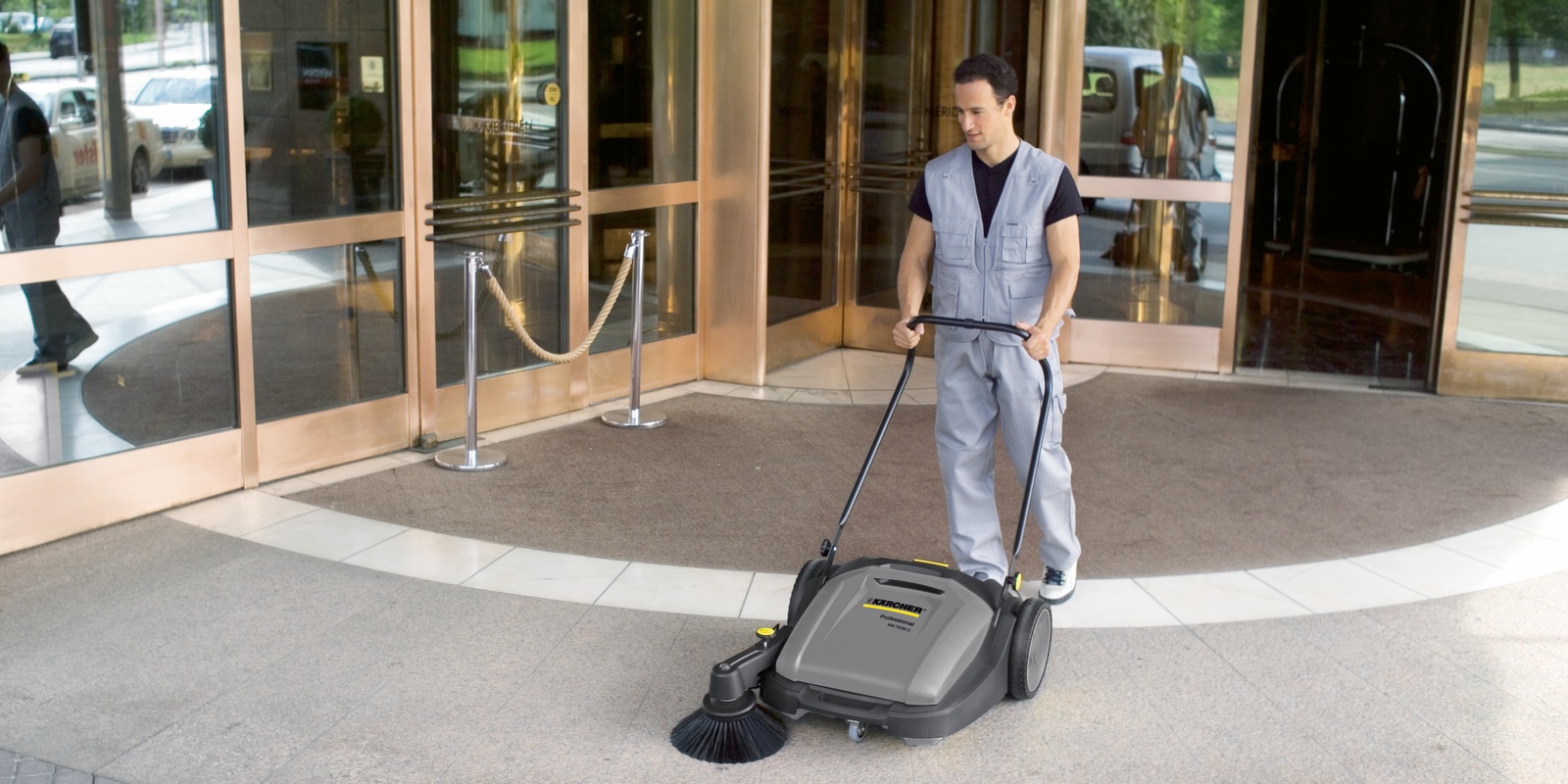
Preventative
Preventative cleaning: Removing dirt in the outside area before it is brought inside the building
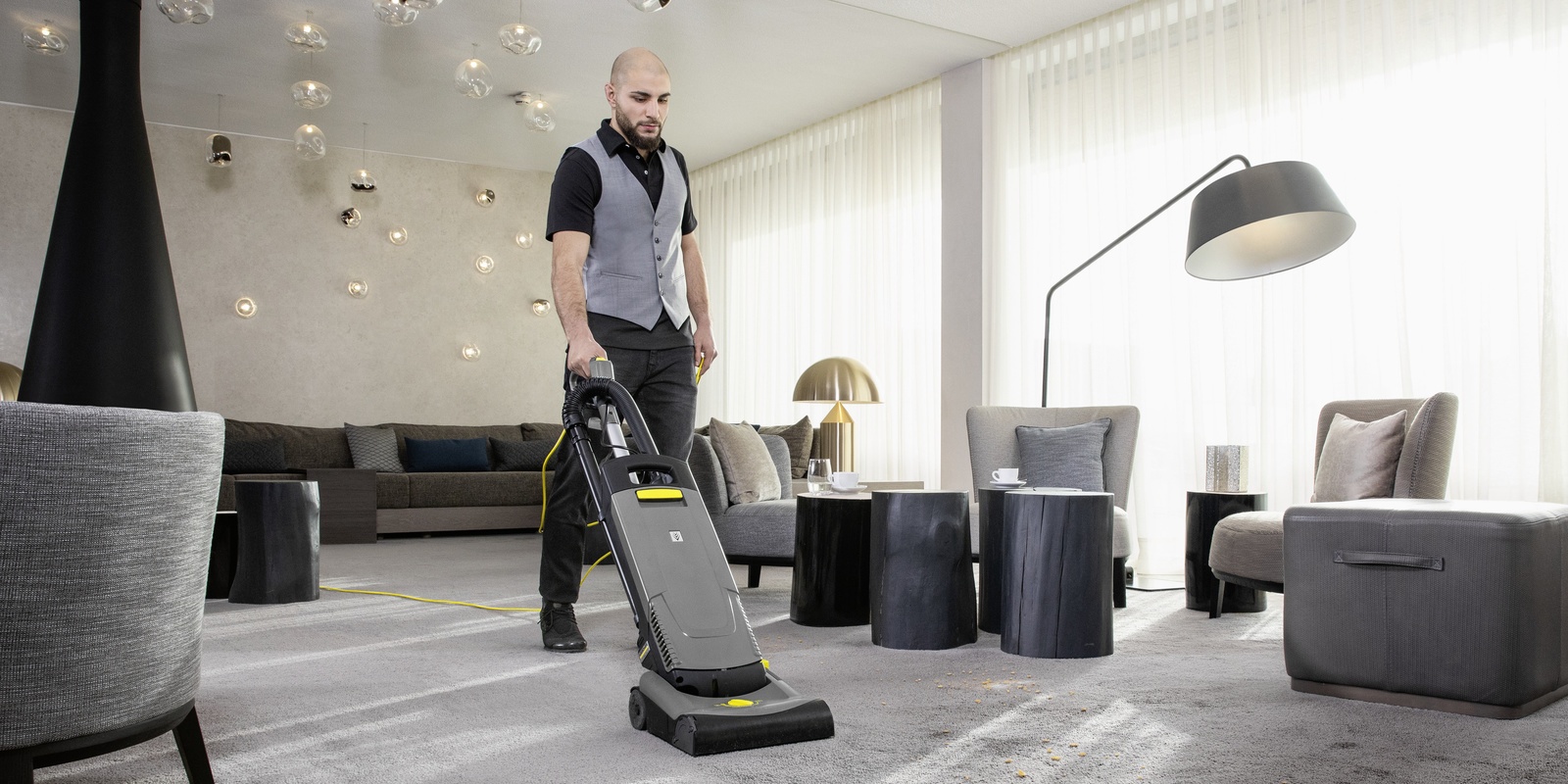
Daily
Daily maintenance cleaning: Routine cleaning to maintain the level of cleanliness
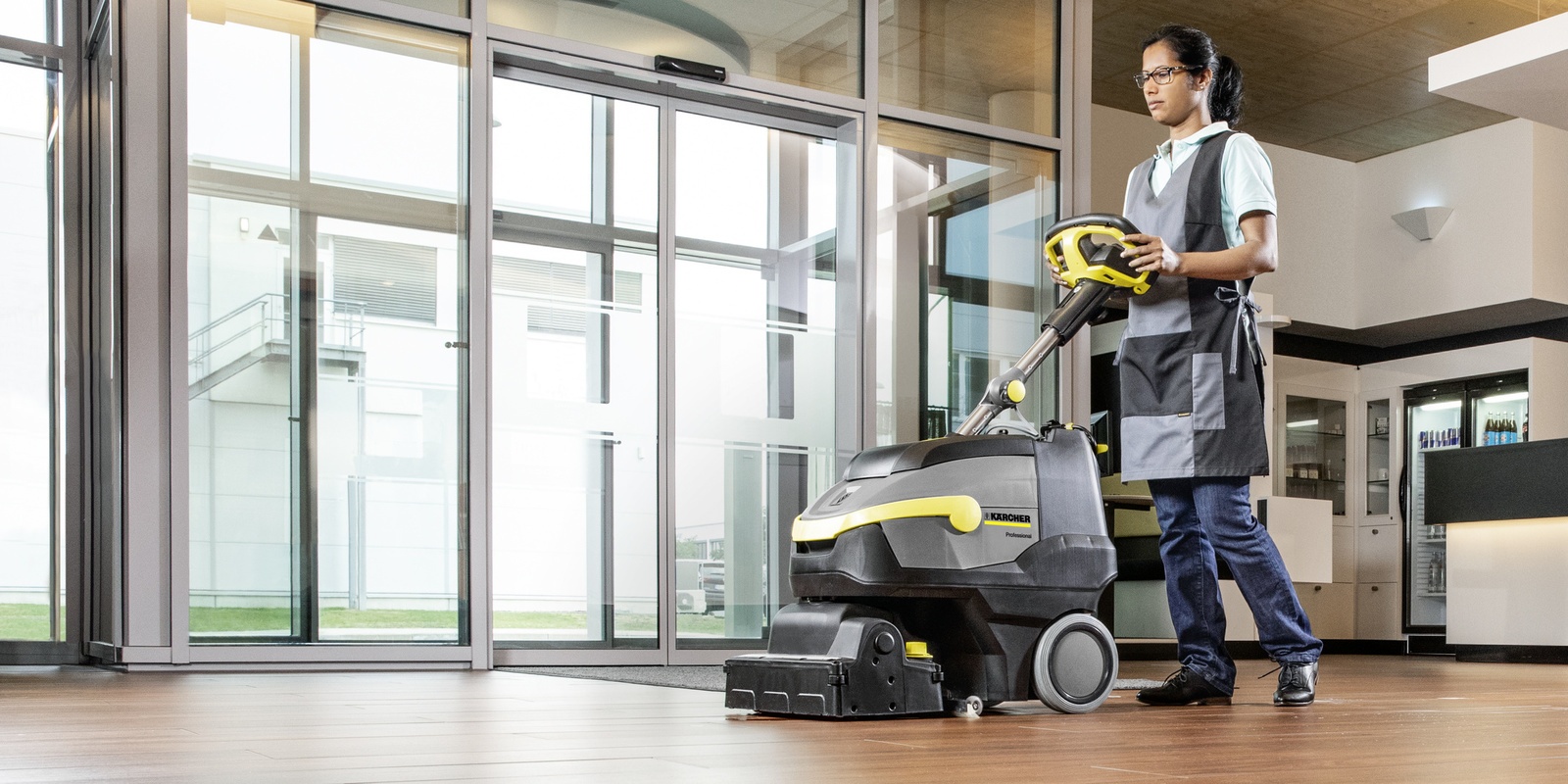
Interim
Intermediate cleaning: Cleaning that helps keep time-consuming deep cleaning to a minimum
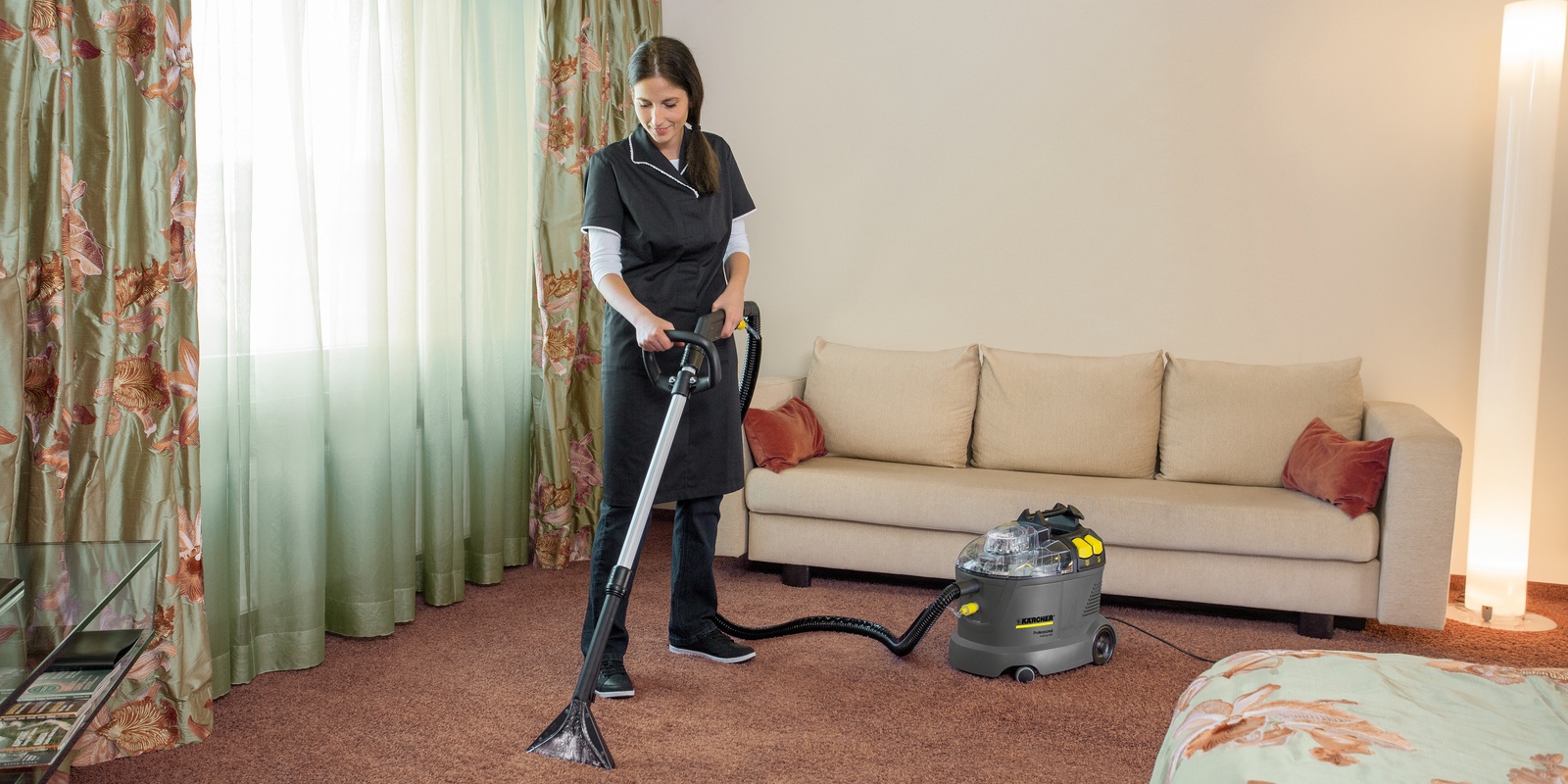
Restorative
Deep cleaning: Thorough, time-consuming cleaning of floor coverings
Organization is everything
PDIR cleaning really comes into its own when the timings of all four types of cleaning are coordinated as part of a well-organised process. As long as this cleaning system is used regularly, savings can be made on the time, materials and staff resources allocated to daily maintenance, whilst ensuring that the building retains its value.
Preventative cleaning: Keeping outside areas spotless
The concept of preventative cleaning tackles dirt head on in the outside areas. Giving the areas outdoors a thorough clean can help reduce the amount of dirt traipsed into a building by as much as two thirds. It's important not to forget the pavement and parts of the road that are close to the entrance area. Not to mention car parks, any other hotel entrances and the public areas in front of goods entrances, bars and restaurants. And then there are the outside areas belonging to the hotel like patios and balconies, as large amounts of dirt can soon accumulate here too and be brought into the corridors, stairwells and guest rooms. Given that there is the option of using (vacuum) sweepers and high-pressure cleaners when required, preventative cleaning requires less time and hard work than is needed to clean rooms. Since this type of cleaning tackles the main source of dirt, the outside areas, it does have a huge impact on all of the subsequent cleaning and maintenance measures.
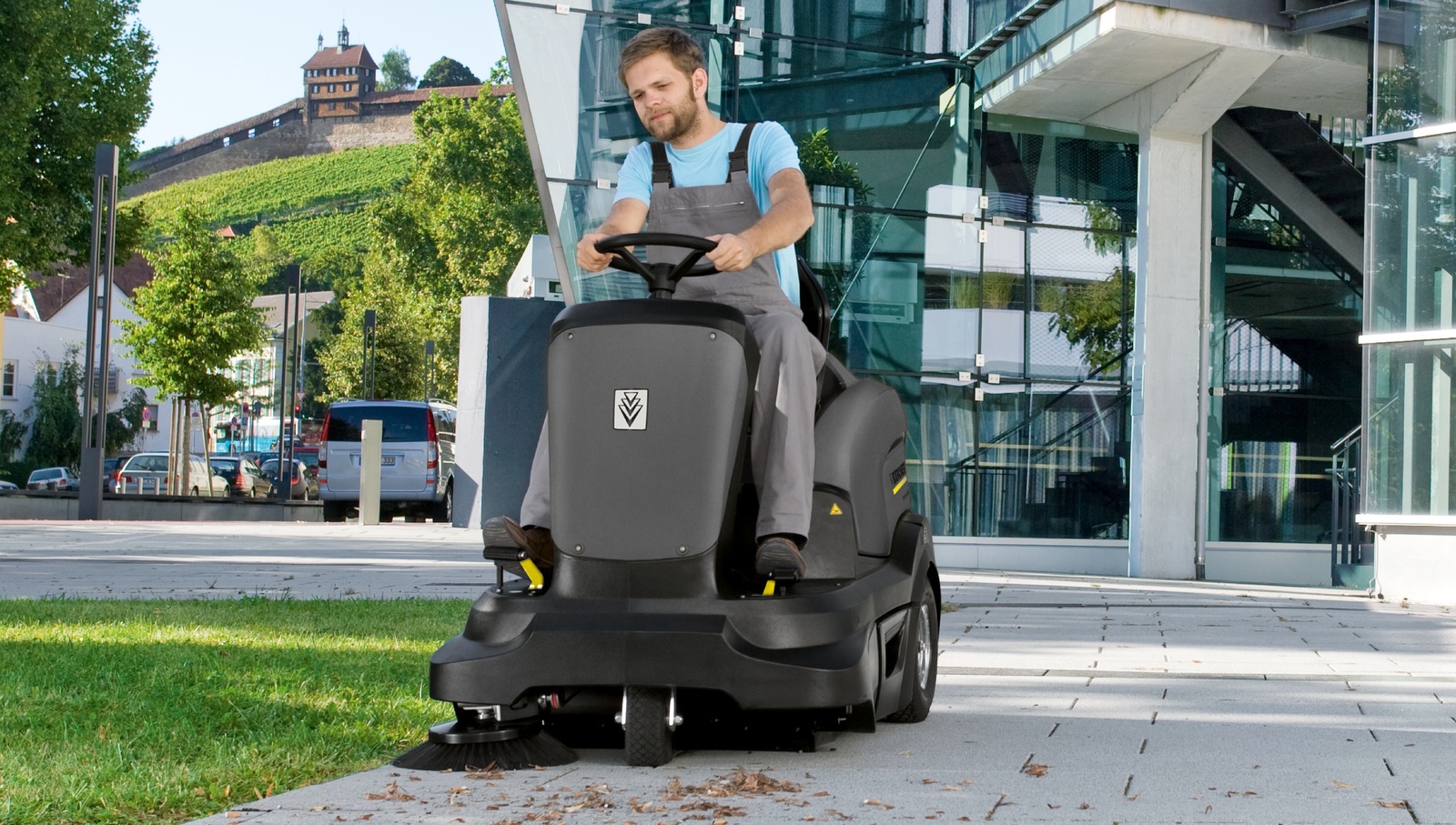
Daily maintenance cleaning: For hygiene and a squeaky clean image
Daily maintenance cleaning is part of the routine in a hotel, helping to achieve the desired level of cleanliness and thereby ensuring that guests and employees feel happy and at ease. It is also a necessity that avoids permanent damage being caused by dirt being left to stick onto surfaces, meaning it lengthens their service life quite considerably.
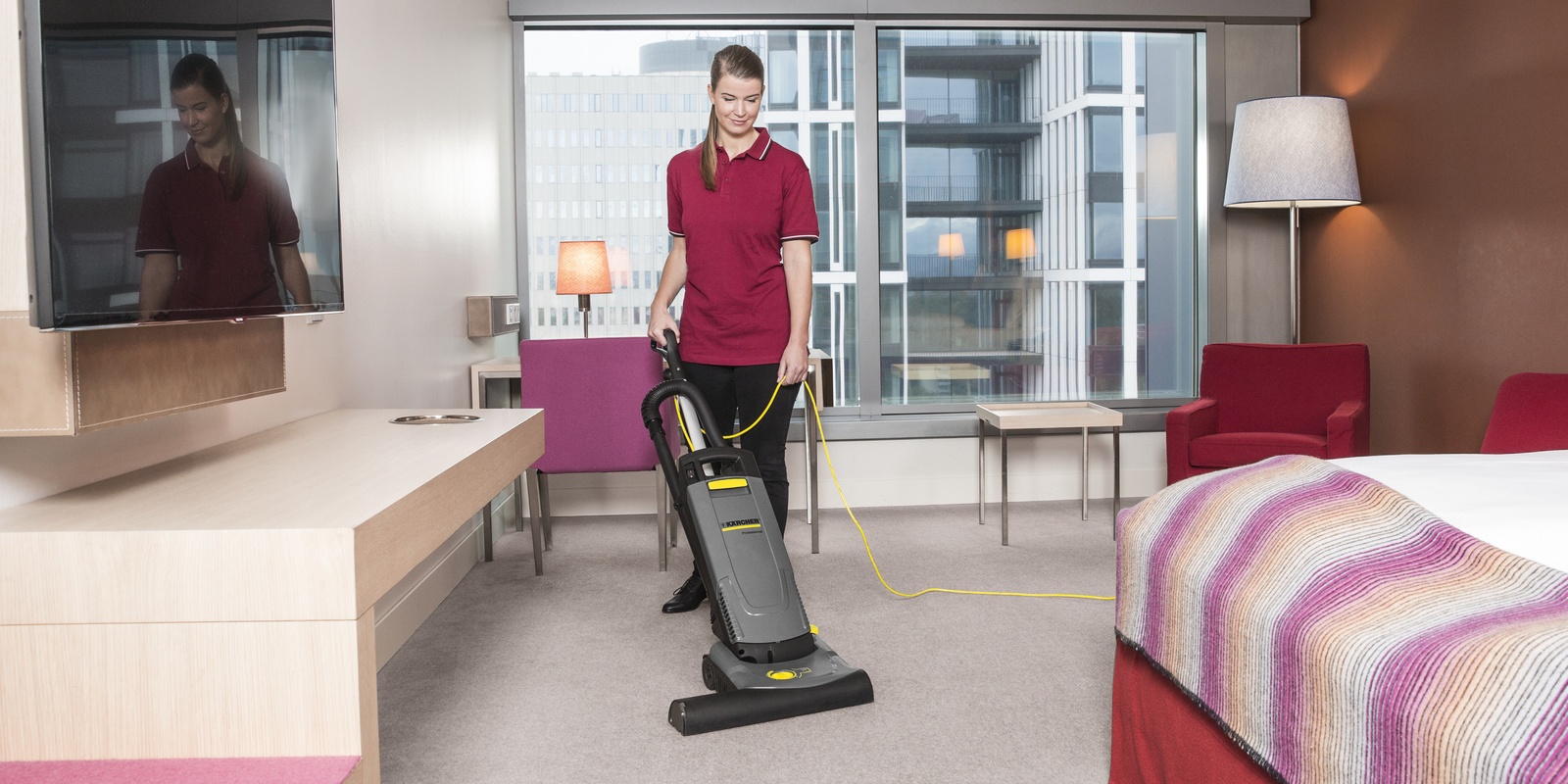
Maintenance cleaning of textile floor coverings
Upright brush-type vacuum cleaners have proven to be especially effective at cleaning textile floor coverings and carpets on a daily basis. The carpet brush in the suction head is powered by a separate motor. It reaches right down into the base of the pile, driving the loosened dirt towards the suction channel and straightening the pile out at the same time. This avoids any damage being caused to the floor covering. Stains caused by coffee, tea, red wine or tar also have to be immediately removed using a stain remover in order to give an overall impression of cleanliness. Universal Stain Remover RM 769 is ideal for this, with the option of applying it to any textile floor coverings and upholstery.
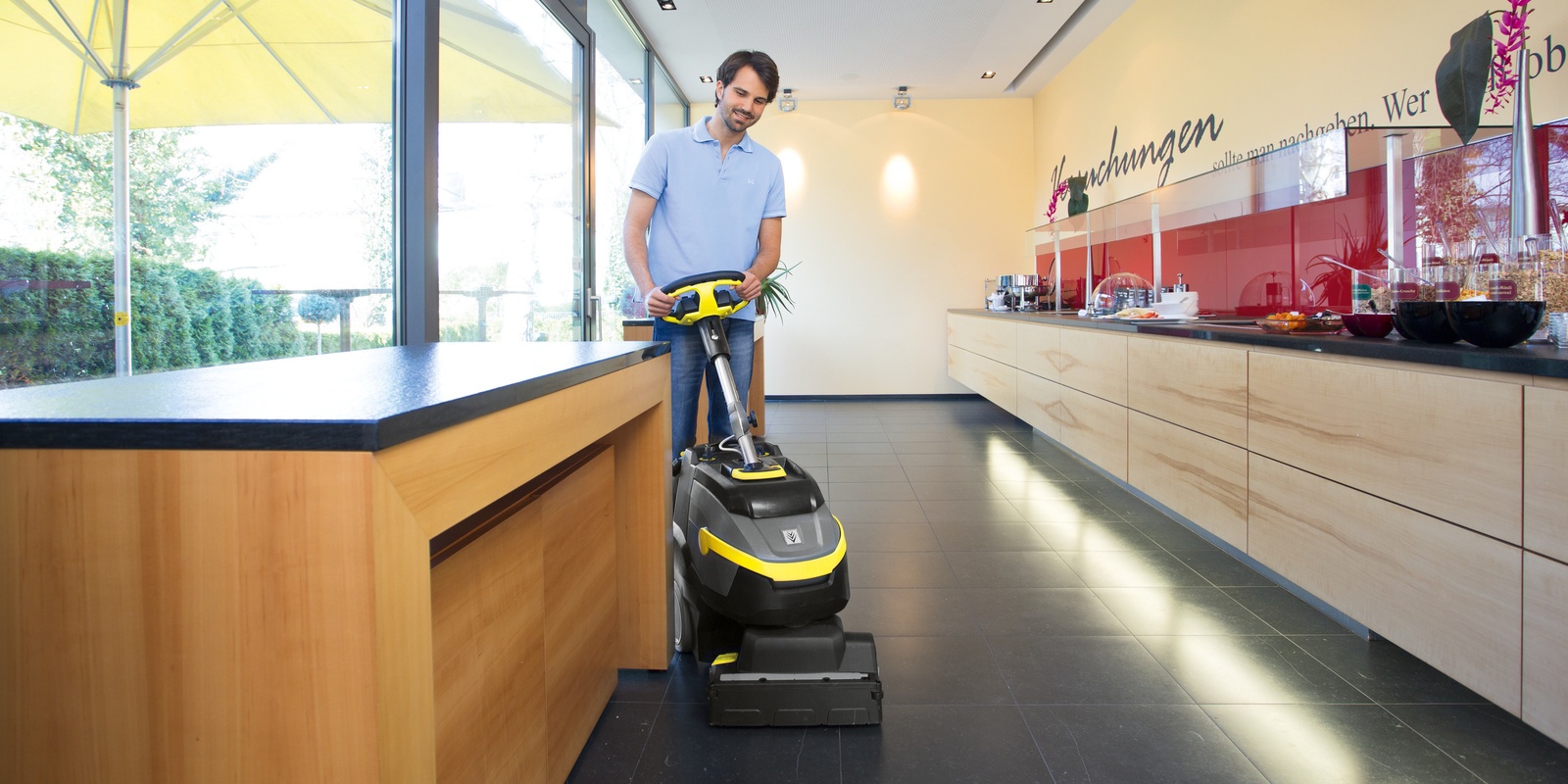
Maintenance cleaning of hard and resilient floor coverings
When it comes to cleaning resilient and hard floor coverings, such as linoleum or tiles, manual wiping systems are a popular choice. But if the area to be cleaned covers more than 100 m², it may make financial sense to use a compact scrubber drier. One benefit here is that using a machine guarantees a deeper clean than doing everything by hand. On top of that, scrubber driers immediately suck up loosened dirt, making the process a great deal more hygienic. A disc brush is used for smooth floor coverings, whilst a roller brush is used for rough surfaces. FloorPro Wipe Care RM 780 makes for an ideal cleaning agent since it generates little foam and does not pose a risk of slipping once cleaning is complete.
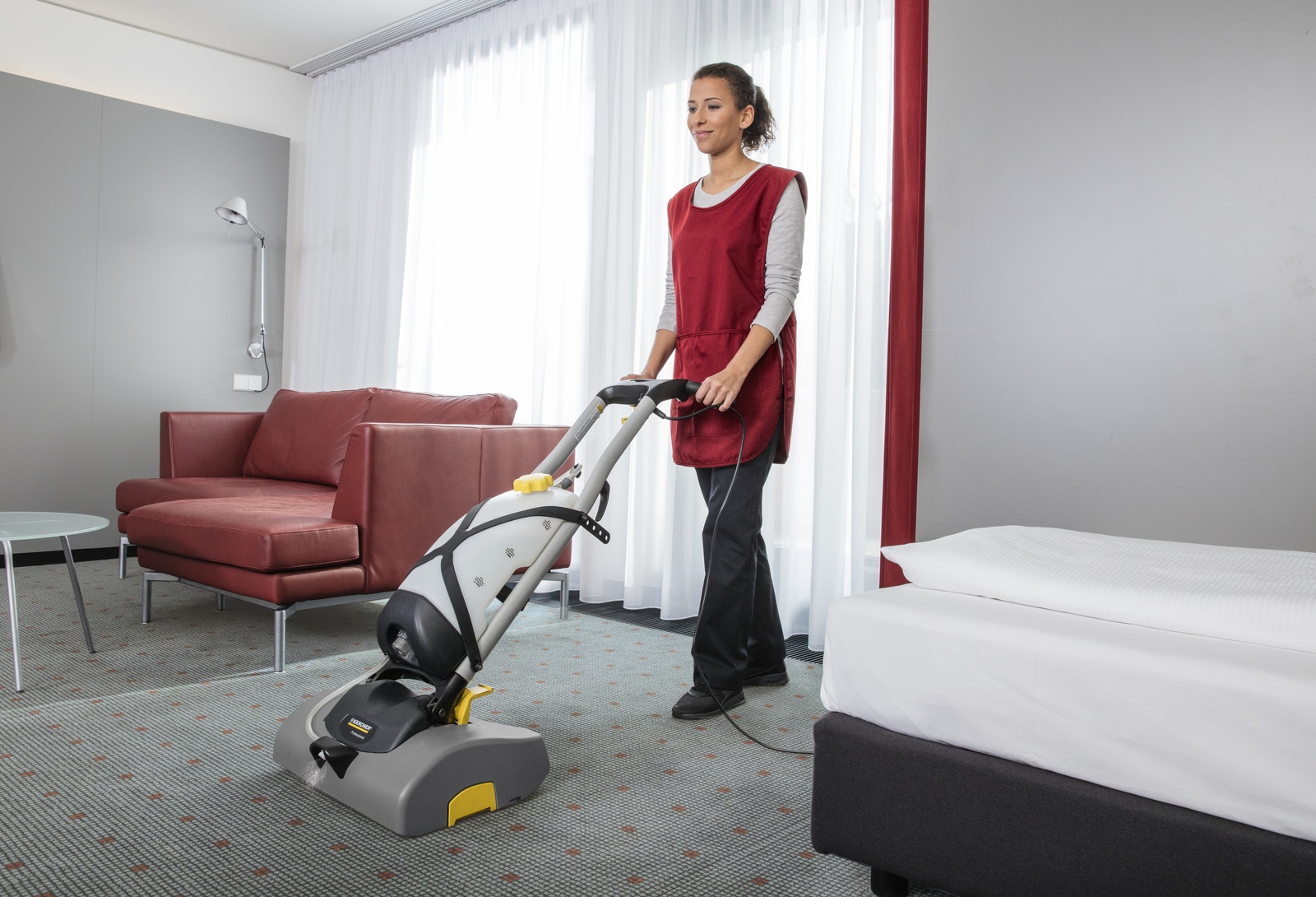
Intermediate cleaning: Using the right methods to do away with downtimes
Intermediate cleaning is always required every now and then – even when maintenance cleaning takes place on a daily basis. It helps to cut back on the amount of deep cleaning required, which is both time-consuming and thus costly, and also to maintain a high standard of cleanliness.
It is vital to select the right method so as to avoid restricting guests and causing downtimes in hotel operations, for example. In other words, a cleaning method needs to be selected that does not involve the floor covering getting excessively soaked to ensure that people can walk on it again soon after cleaning. This is important above all in corridors in hotels.
If intermediate cleaning is taken care of every so often, the amount of time and effort spent cleaning on a daily basis will drop massively.
Deep cleaning: Restoring the original condition
Despite all other cleaning and maintenance efforts, it is not possible to avoid deep cleaning floor coverings. The aim, insofar as is possible, is to restore the flooring to its original condition and degree of slip resistance. Of all four cleaning methods, deep cleaning takes up the most time, materials and staff resources. It can, however, be delayed for quite some time if the daily cleaning routine is carried out regularly and properly.
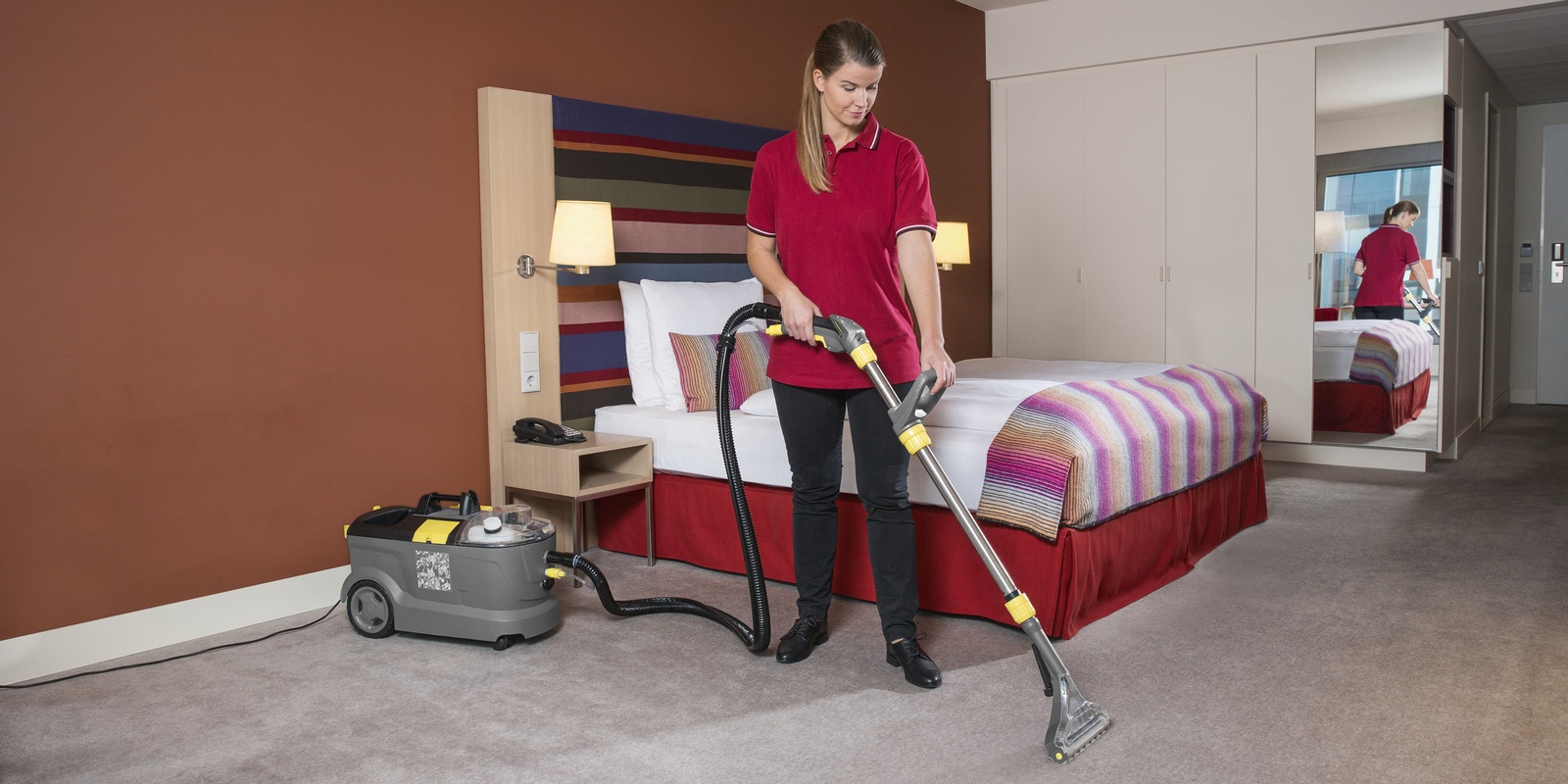
Carpet and upholstery: Spray extraction
A spray extraction machine is used for fibre-deep cleaning of textile floor coverings. In order to restore the design and colour to their original condition, the selected cleaning agent is worked into the floor covering using a floor nozzle and applying spray pressure. The loosened dirt is sucked back up again as part of the same process. The next step is to rinse the floor covering with clean water and then use an upright brush-type vacuum cleaner for a thorough clean once it has fully dried (at least eight hours). It is important that nobody walks on the floor whilst it is drying. If a hand nozzle is used, the spray extraction method is suitable for cleaning upholstery and mattresses too. As a general rule, it makes sense to apply a fibre-protecting agent to textile floor coverings and surfaces.
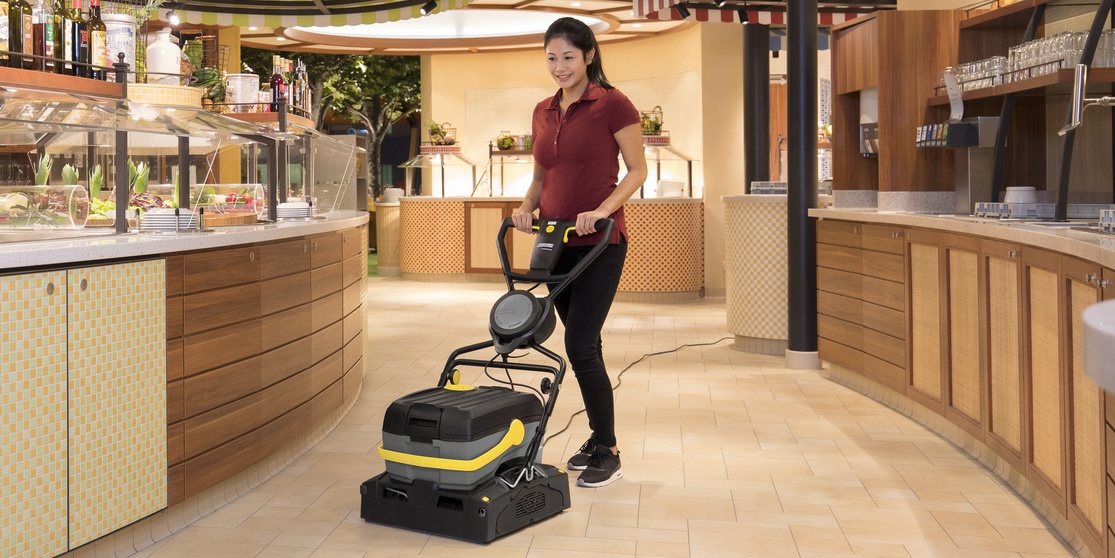
Hard and resilient floor coverings: Scrubbing
Scrubber driers need to be used for deep cleaning when hard and resilient floor coverings have become unsightly thanks to the build-up of dirt and cleaning agent residues. This process differs from intermediate cleaning in that a two-step method is used: First of all, the cleaning agents are applied using the machine (generally a deep cleaner in a higher dose) and scrubbed evenly from side to side, in the necessary contact time. Once the dirt has come loose, it is sucked up by the fleet. The floor covering is then rinsed using a one-step method. Resilient floor coverings, including those made of linoleum and PVC, are protected with another coating once they have dried off sufficiently. Natural stone floor coverings and tiles do not generally need a protective coating.
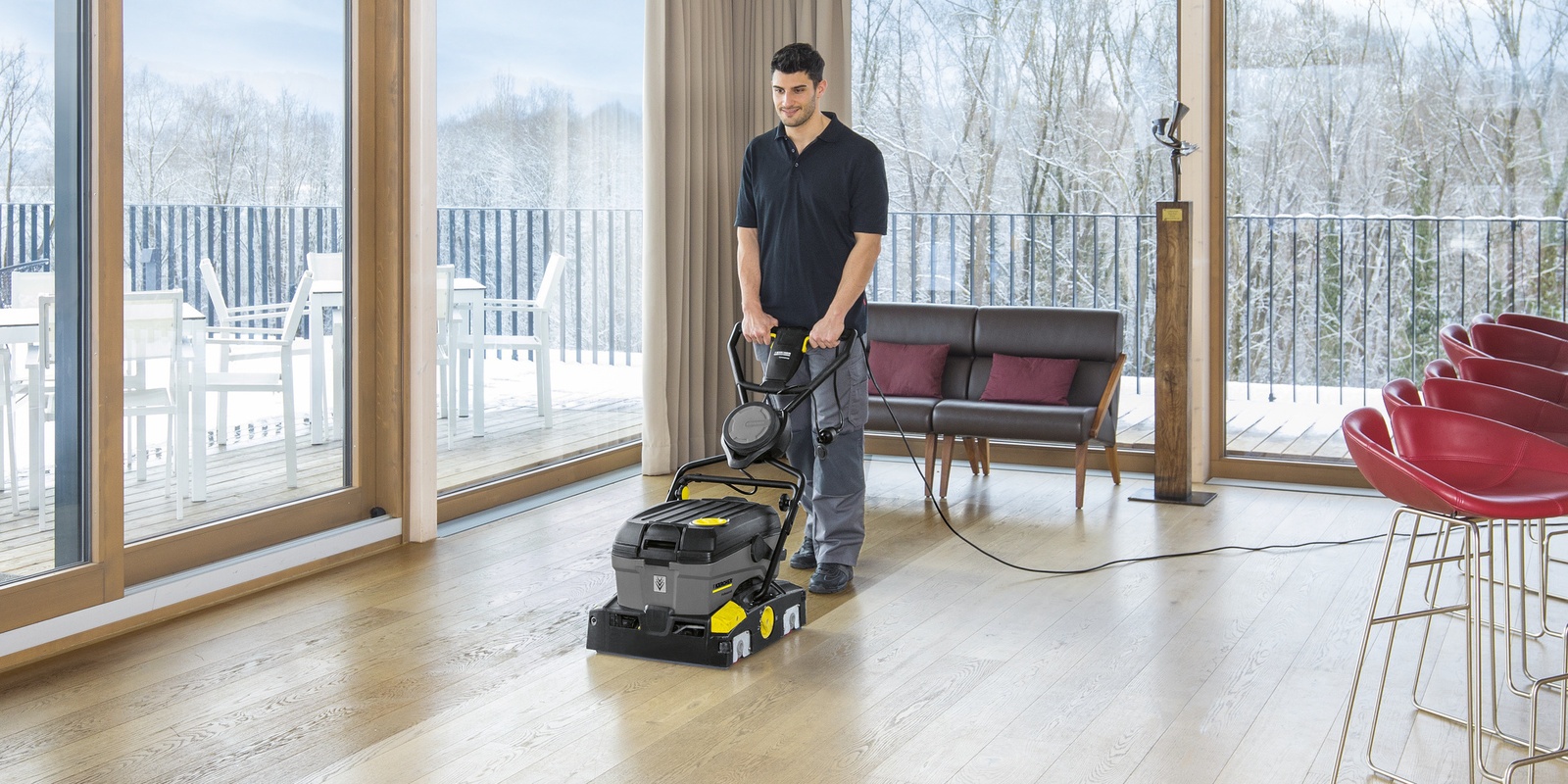
Wooden floors: Scrubbing with roller brushes
If wooden floors are extremely dirty, there is no choice but to use a scrubber drier with a roller scrubbing head for deep cleaning. The one-step method is put into action here too. In this case, the cleaning agent (with surfactant-free Universal Cleaner RM 770) is applied and scrubbed in the same direction as the wood grain, whilst the loosened dirt is sucked back up simultaneously. This process is repeated until the wooden floor covering has been fully restored to its former glory. Once it has had time to dry, wax or oil is applied by hand and the wooden floor polished dry using soft polishing brushes on the scrubber drier in line with the contact time stipulated.
You may also be interested in:
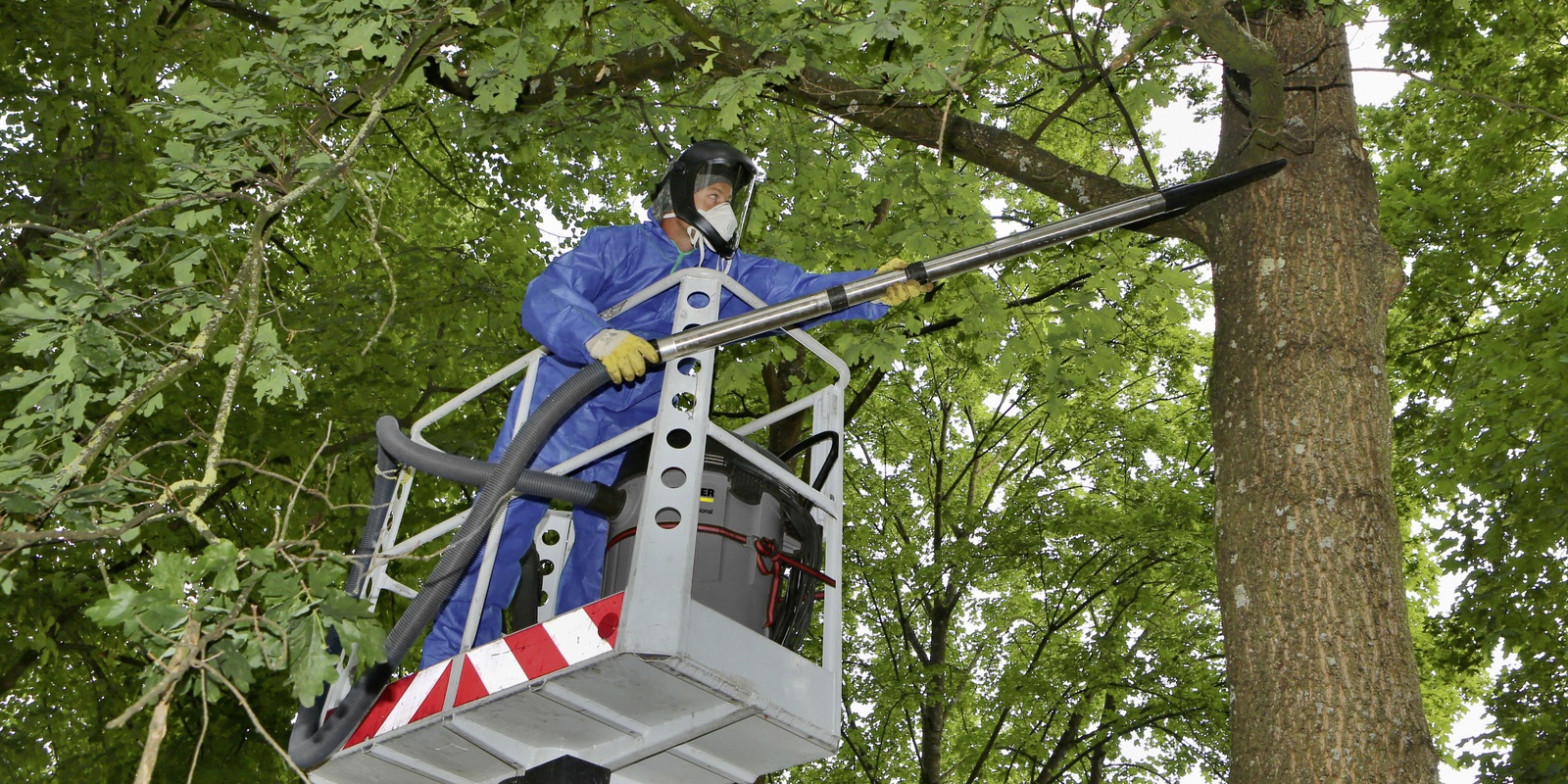
Controlling oak processionary moths in an environmentally friendly manner
For some years now, the oak processionary moth has been on the rise. Where people live, it can become a health risk due to its poisonous stinging hairs. The right approach to tackling the insect is therefore decisive.
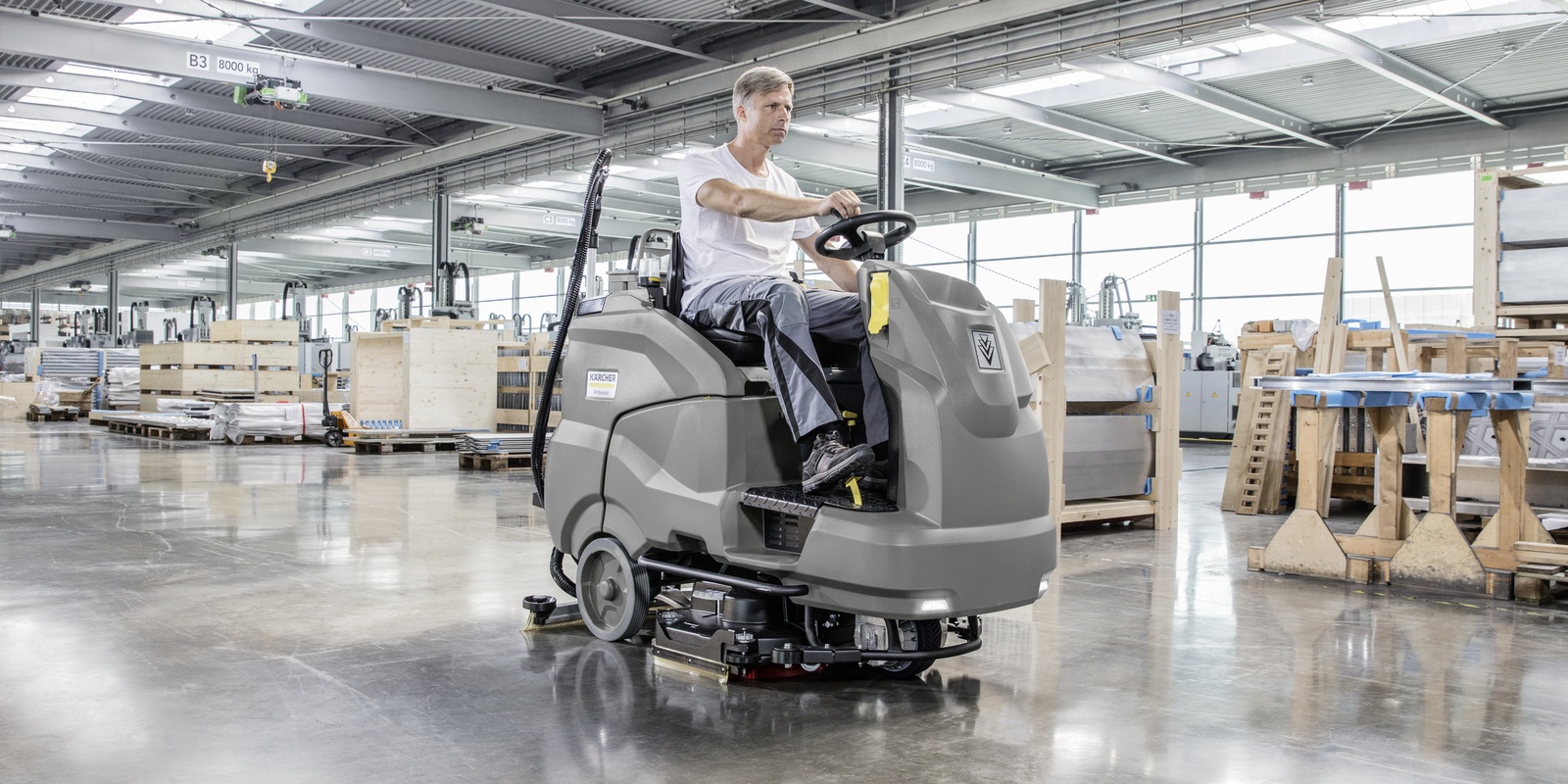
Professional cleaning of industrial floors
Industrial floors require particular care and attention – both during manufacture and in terms of their coating, cleaning and maintenance. Which cleaning method to use depends largely on the texture of the floor.
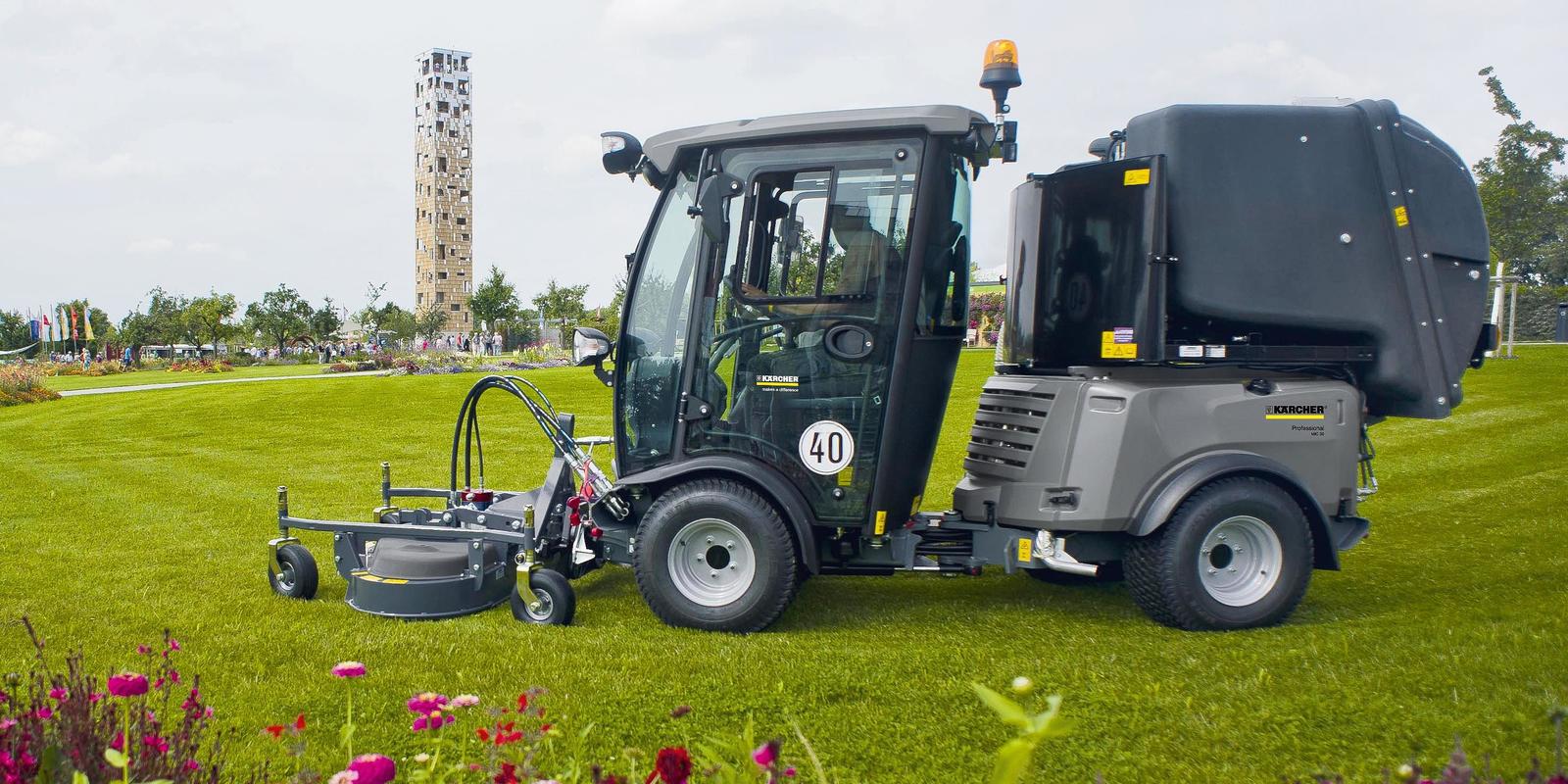
Maintenance of green and outdoor areas
In spring, a mammoth job lies ahead for municipalities: Lawn areas in parks need to be trimmed, weeds removed effectively and paths and parking spaces must be cleared of shrubs, dust and dirt. With expertise and the appropriate equipment it is possible to master the various tasks.









